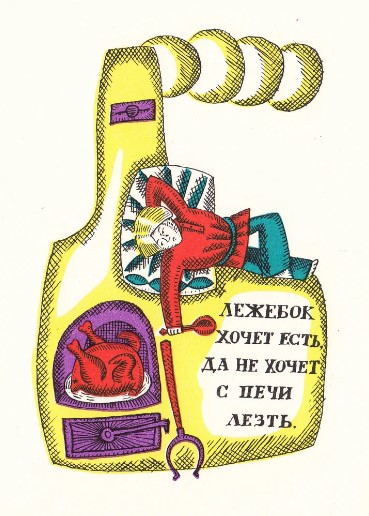Adirondacks
Protected: Abraham Deyo Brodhead (1863-1926) and former Duke U. President Richard H. Brodhead—any resemblance?
Protected: Memories of a Madame de Ryther recipe lead to a fun eBay discovery
Jule & Juliet, 1896: Madame De Ryther’s “Roast Saddle of Venison” — a recipe from the Adirondacks

Hound and Hunter (1892) – by Winslow Homer. [image cropped] Per Wikimedia: Homer’s watercolor sketch for Hound and Hunter showed, lying behind the boy, a rifle that the artist later painted out. When this final canvas was exhibited in 1892, its subject was condemned as a cruel sport then practiced in the Adirondacks. Some viewers believed the youth was drowning the deer to save ammunition. The artist curtly responded, “The critics may think that that deer is alive but he is not—otherwise the boat and man would be knocked high and dry.”
While Jule De Ryther, a famous concert soprano, found a second career discussing and sharing her knowledge about food, Juliet Corson (1841-1897) spent her whole career trying to educate the public about food and cookery, and healthy and economical eating, particularly among society’s poorest. She was a proponent of letting nothing go to waste and making the tastiest and most nutritious meals possible no matter how small the budget. At 35, she founded the New York School of Cookery and operated it for seven years before ill-health forced her to close it down. She traveled the country, between bouts of ill-health, to promote the need for cookery classes in public schools. The French Consul General in NYC even consulted with her to see how her methods could be adapted to France.
Miss Corson’s numerous publications included Fifteen-Cent Dinners for Workingmen’s Families, published by the author for free distribution to working-people earning $1.50, or less, a day (New York, 1877), Twenty-Five Cent Dinners for Families of Six (1879), and Practical American Cookery & Household Management (1886); for links to other publications, click here. I’ve not had time to read any of them, but I am sure she has plenty of tips that could apply to us today. Many of us are always looking for economical ways to feed our families and maximize our resources. One can only speculate what else Corson may have taught us had her life not been cut short at age 56 by a debilitating tumor (NYT obituary – “Death of Juliet Corson; The Well-Known Writer and Teacher of Cookery and Dietetics Expires Almost Alone”).
By the time Miss Corson penned this article in 1896, she was near her life’s end. You can tell from the article how passionate she is about food, and how knowledgeable. I was going to include just the portion about Madame De Ryther, but decided to include the entire article since it contains so much interesting information on the history of food and the preparation of game, an art that was already being lost in this country back then when venison was “the only wild meat ever seen freely in the New York market,” and is now in most places a great rarity, which is understandable of course, but it’s still interesting to get a sense of how our ancestors lived and worked, and what they ate. And how they may have prepared it.
Have a good Monday, all!
PS: Receipts = recipes; frumenty = thick wheat porridge usually served with venison (in Medieval times).























